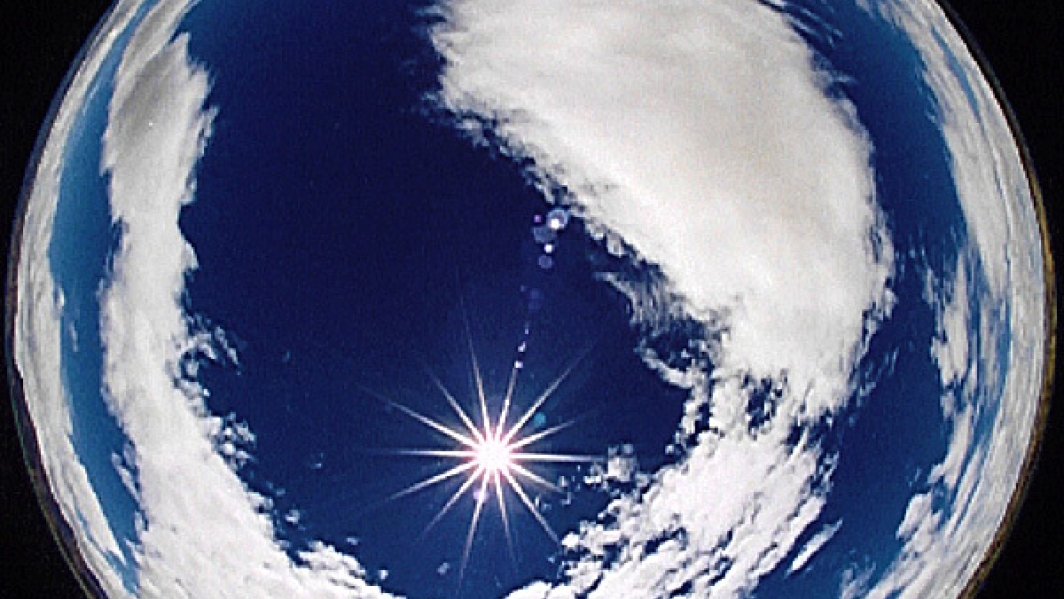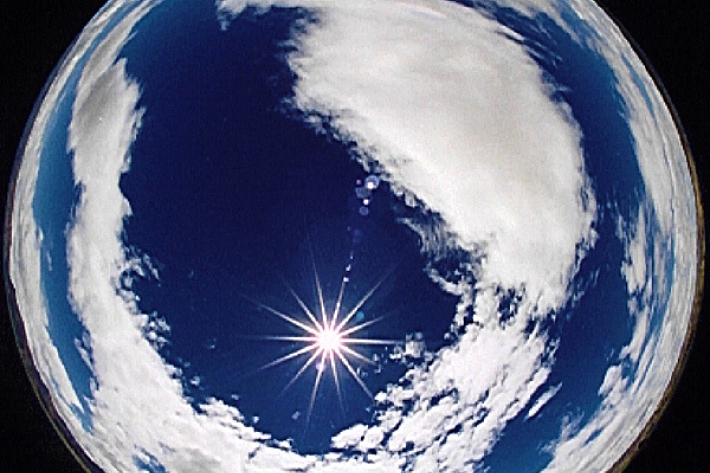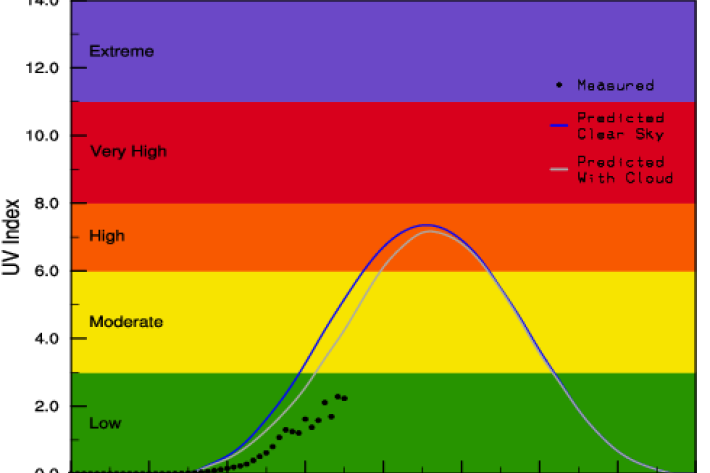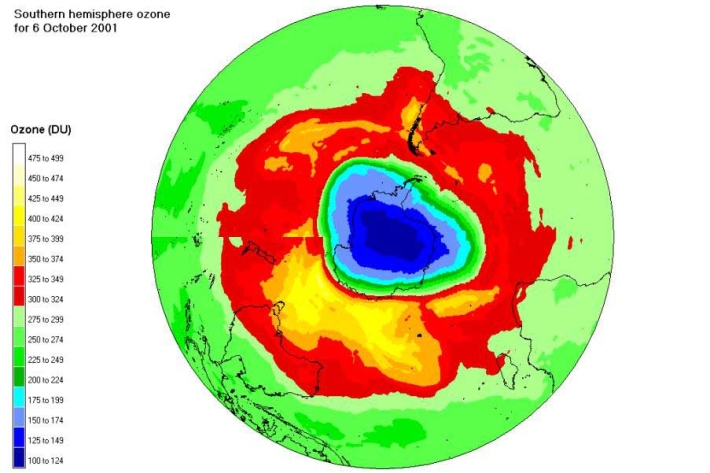-

Light shines on UV radiation research
Media release29 March 2018Sun worshippers may feel the burn next week as scientists and health professionals from around the world meet in Wellington to discuss the latest research on the effects of UV radiation. -
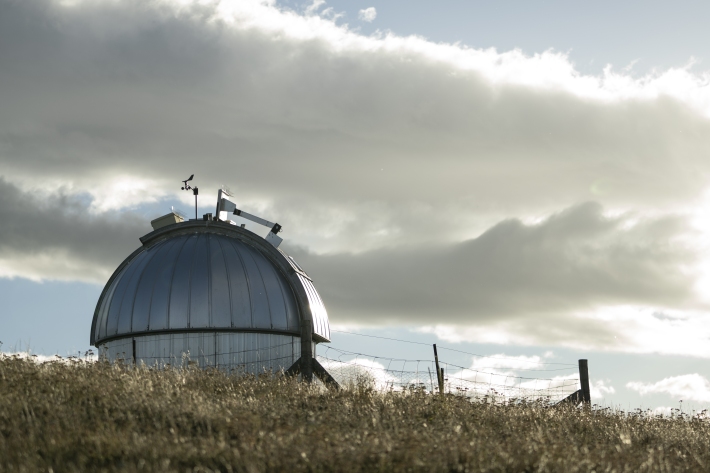
UVI forecast for Specific Sites
Check out UV index forecasts for locations in New Zealand (including ski fields), Australia, the Pacific and Antarctica. -

UV Index Information
The UV Index is a measure of the intensity of UV radiation. The larger the number, the more intense the UV. In New Zealand, its maximum summer value is generally about 12, but it can exceed 13 in the far North. In winter it reaches peak values of 1 or 2. Values of 10 or more should be considered as "extreme". At high altitude tropical sites (eg Mauna Loa Observatory, Hawaii), the UV Index can exceed 20.The UV Index supersedes the idea of "Time to Burn" or "Burn Time", which has been used previously in New Zealand. -

Yesterday's UV Index
Plots of UV levels throughout the day at different locations. -
![Front and rear views of a Mark I dosimeter badge. [NIWA]](/sites/default/files/styles/card/public/2024-01/personal_dosimeter.jpg?h=84907816&itok=w-15CPfK)
Personal UV Dosimeters
NIWA has developed personal UV dosimeter badges to support studies relating UV exposure to human health. -
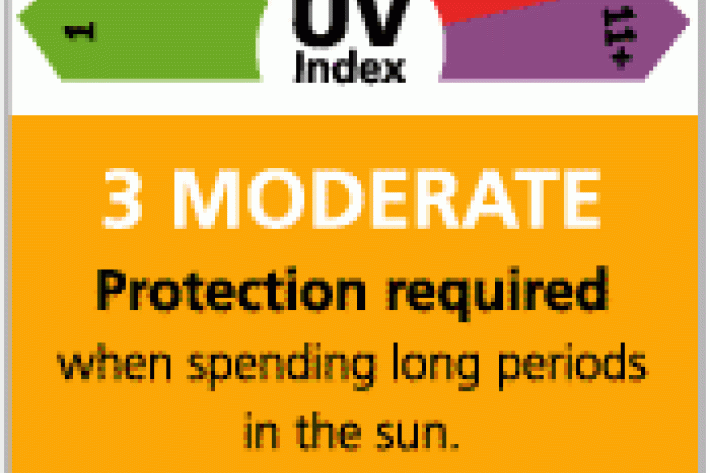
Real-time UV Index displays
NIWA has developed a real time UV display in consultation with the Cancer Society and Sunsmart. The first prototype is currently installed at the new Molyneux Aquatic centre in Alexandra. -

Atmospheric ozone, ultraviolet radiation, and stratospheric change
Research ProjectCFCs have damaged the ozone layer and led to higher UV levels and increased health risks. Our role is to understand the causes and effects of ozone depletion, to inform the public of the risk. -
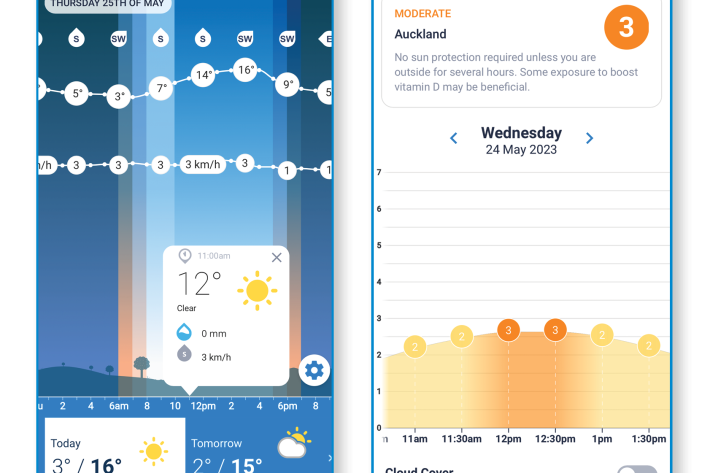
UVI smartphone apps
Several apps that provide forecasts of the UV index (UVI) are available for smartphones.

